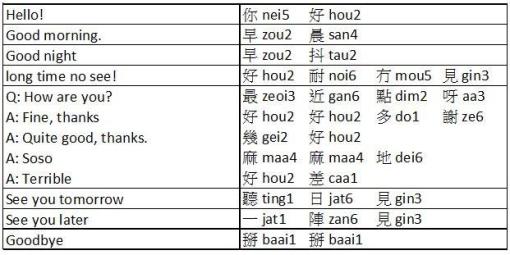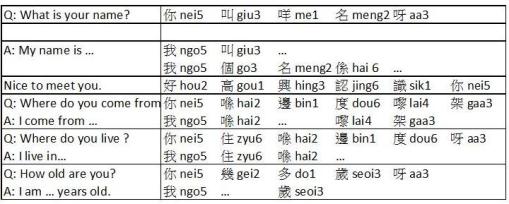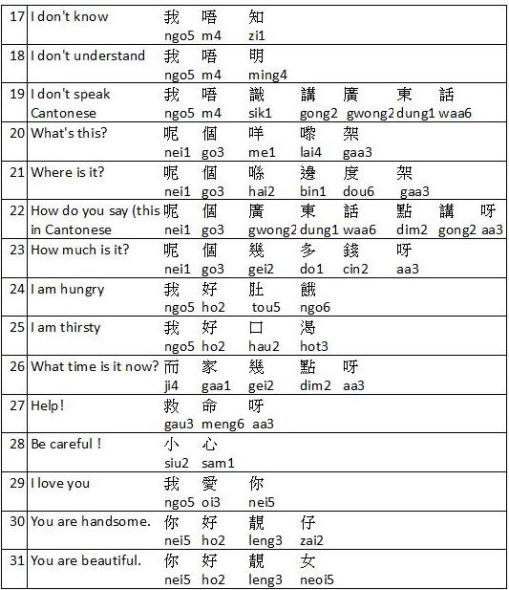Hong Kong people code-mix a lot. By the term “code-mixing”, it means people use more than one language within one sentence during their conversation. People often replace Cantonese words or phrases by the corresponding English ones when they talk. So, don’t be surprised if you hear people speaking English when they greet!
Greetings

In fact, we seldom say “hello” or “hi” in Cantonese, we simply use the English correspondent to express the same meaning.
Introduction

You need to take a look at the Cantonese number system if you want to say how old you areXD



Recent Comments